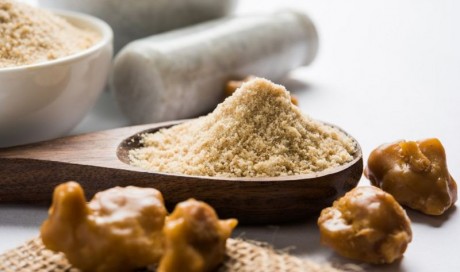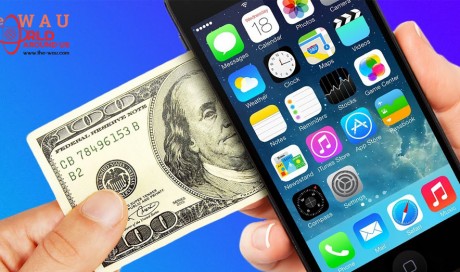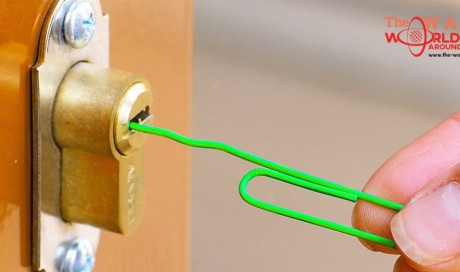Unfortunately, this isn’t so easy to determine. Shifts in public and media attention tend to occur at about the same time — as you can see, for example, in the graphic below, which compares Trump’s Google News and Google search traffic from week to week.

But a regression analysis — you can read the gory details in the footnotes3 — suggests that press attention both leads and lags public attention to the candidates. This makes a lot of sense. The public can take cues from the media about which candidates to pay attention to. But the media also gets a lot of feedback from the public. Or to put it more cynically: If Trump-related stories are piling up lots of pageviews and Trump-related TV segments get good ratings, then guess what? You’re probably going to see more of them.4
This creates the possibility of a feedback loop. Some event sparks a news story about a candidate, which triggers more public attention, which encourages yet more media attention — and so on. It may help to explain why we’ve repeatedly seen the so-called “discovery, scrutiny and decline” cycle in the past two primary campaigns for candidates like Trump, Newt Gingrich and Herman Cain — bursts of attention that coincide with spikes in the polls but then fade or even burst after several weeks.
These “bounces” aren’t entirely new. Presidential candidates usually get a temporary bounce in support following their party’s convention, for example. But the polls in the 2012 Republican campaign were far more volatile than those in any previous nomination race. We’re really just getting started in 2016, but it’s been pretty wild as well. Bounces that might have happened once in a cycle now seem to occur all the time.
So if these spikes are media-driven, they seem to be driven by some particularly modern features of the media landscape. Social media allows candidates to make news without the filter of the press. It may also encourage groupthink among and between reporters and readers, however. And access to real-time traffic statistics can mean that everyone is writing the same “takes” and chasing the same eyeballs at once. Is the tyranny of the Twitter mob better or worse than the “Boys on the Bus” model of a group of (mostly white, male, upper-middle-class, left-of-center) reporters deigning to determine what’s news and what isn’t? I don’t know, but it’s certainly different. And it seems to be producing a higher velocity of movement in the polls and in the tenor of media coverage.
Trolls are skilled at taking advantage of this landscape and making the news cycle feed on its own tail, accelerating the feedback loop and producing particularly large bounces and busts in the polls. In 2012, Gingrich’s whole strategy seemed to involve trolling the media, and he went through a couple of boom-and-bust cycles in polls. In 2008, Sarah Palin, though beloved by Republicans, was brilliant at trolling Democrats and the media. She was extremely popular at first, although her popularity was ultimately short-lived.
Trump has taken trolling to the next level by being willing to offend members of his own party. Ordinarily, this would be a counterproductive strategy. In a 16-candidate field, however, you can be in first place with 15 or 20 percent of the vote — even if the other 80 or 85 percent of voters hate your guts.
In the long run — as our experience with past trolls shows — Trump’s support will probably fade. Or at least, given his high unfavorable ratings, it will plateau, and other candidates will surpass him as the rest of the field consolidates.
It’s much harder to say what will happen to Trump’s polling in the near term, however. That’s in part because it’s hard to say exactly what was driving his support in the first place. Trump wasn’t doing especially well with tea party voters or with any other identifiable group of Republicans. My guess is that his support reflected a combination of (i) low-information voters who recognized his name and (ii) voters who share Trump’s disdain for the trappings of the political establishment and (iii) voters who were treating him as an inside joke or a protest vote, making him vaguely like an American equivalent of Beppe Grillo. None of them will necessarily be deterred from declaring their support for him because of his comments about McCain. Some of them might even be encouraged.
But what if you want Trump to go away now?
The media isn’t going to stop paying attention to Trump. Nor should it, really: His candidacy is a political story and not just “entertainment.”5
Republicans are another matter, however. They might rightly be concerned that Trump is tarnishing their brand image or at least meddling with their already-challenging task of choosing a candidate. Other Republicans should resist the temptation to extend the news cycle by firing back at him, however — even when what he says is genuinely offensive.6
After 12 years of writing on the Internet, I’ve learned that the old adage is true. Don’t feed the troll. The only way to kill a troll like Trump is to deprive him of attention.
Share This Post














